
Clean Air For Your Commute
September 2, 2014
Driving can be a dangerous endeavor. There are distracted drivers, drunk drivers, fatigued drivers, and road hazards on everyone’s daily commute. There are drive-thru’s and gas station foods with bacteria, salmonella and heart attack-inducing sugar-fat concoctions. And then, there’s the super-caffeinated drinks that can lead to heart problems, as well as risky sugar-highs and sugar-crashes. However, even if you survive all of these health hazards, there’s still one more potential health threat to contend with: air quality.
Whether you’re dealing with smog, cigarette smoke, chemical fumes or noxious smells, it’s important for drivers to be able to breath clean air on their daily drive. These common air pollutants can have long term effects on our health, including eye, nose and throat irritation, organ damage, and cancer. In the short term, drivers may notice headaches, fatigue, nausea and dizziness.
Many air pollutants can hang around for months or even years after your vehicle has been exposed to them. So, if you’re driving a vehicle that has been exposed to cleaning products, chemicals, cigarette smoke or smog, then you may want to consider cleaning the air inside your ride.
Luckily, there are a couple of products out there that will allow you to breath clean air every time you drive:
Portable Air Purifier Amaircare makes this travel-size air filter for use in vehicles. It is about the size of a small smoke alarm and hangs easily on the back of a car seat. It is effective in removing dust, pollen, cigarette smoke, bacteria, vehicle emissions, and other chemicals from the air.
Bamboo Charcoal This charcoal made from bamboo has amazing absorption properties. It is often sold in burlap bags, which allow air to pass through them and get filtered by the charcoal inside. Just like a charcoal water filter, this charcoal air filter removes impurities from the air. It also helps maintain humidity levels, absorbing moisture in high humidity environments and releasing moisture when humidity is low. Small bags such as these can be purchased to hang from your rear view mirror.
Besides dramatically improving the air quality and increasing your lifespan, having clean air can do wonders for your vehicle’s scent. These air purifiers are great at removing odors from old food, moldy drinks, dirty clothes, smoke, pets and other stinky contaminants.
Keeping your vehicle fresh will help you live a healthier life, and besides that, it will also help you maintain that Blue Book value if you ever plan to sell in the future.

5 Tips For Smooth Labor Day Travel
August 29, 2014
School is back in session, and the weather is starting to turn, but this glorious Labor Day weekend allows many to get in one last road trip before the season’s end.
While one last road trip may sound like a great idea, your travel plans can quickly turn sour if you get caught in gridlock. With an improving economy and gorgeous weather, the traffic forecast isn’t looking pretty. In fact, AAA is predicting 35 million people will trek more than 50 miles from home during the Labor Day holiday, mostly on our nation’s roads.
So before you hit the road, read up on these fool-proof travel tips for smooth Labor Day travels:
1. Take the scenic route.
Look for scenic country routes and local roads that run parallel to highways and interstates. Although it may look like a longer drive on the map, you’ll save plenty of time by avoiding heavy traffic. Plus, you’ll have a much more scenic, easy-going and enjoyable trip away from all the frantic insanity of risky highway drivers.
2. Know your route BEFORE you leave.
Holiday travel is much easier when you know where you are going. Rather than relying on GPS and mobile phone apps to tell you the way, look at a good old-fashioned map and plan your journey. When driving through new territory, it’s common for electronic devices to fail, especially when cell phone service is spotty. Avoid the frustration and distraction all together by planning the drive carefully and paying attention to where you are.
3. Get your music ready.
Fill up your MP3 player, organize your CD’s, and program your radio stations before you leave. Fiddling with the radio can become a major distraction, so have your music ready to go before you hit the road.
4. Do a safety check.
When is the last time your changed your oil? If it’s been around 6 months, then it may be time for a change. Also, be sure to check your lights and turn signals, making sure that all the bulbs are in good working order. And, last but not least, make sure your tires are in good condition. Check for tread ware and use a tire gauge to ensure they are properly inflated. Properly inflated tires will save you money at the gas tank, and improperly inflated tires can drain your gas mileage, or worse, cause tire damage or a blowout.
5. Pack the snacks.
Bring drinks and snacks for the road to avoid unnecessary stops. Save your time and money for the destination, or at least for a meal at a good local restaurant, rather than wasting cash on gas station junk and fast food.
And remember, as always, to #DriveSafe!
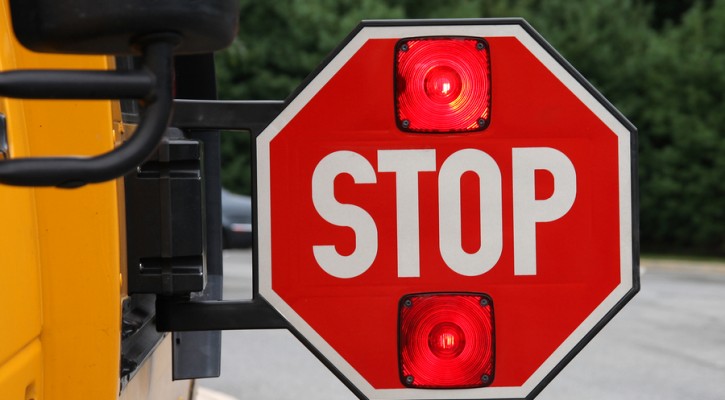
Back-To-School Traffic Tips
August 27, 2014
It’s that time of year again. It’s time for students to say goodbye to summer fun and head back to school. That means drivers should be on high alert to avoid collisions and fatalities related the back-to-school season.
These back-to-school traffic tips will prepare you for another school year behind the wheel:
1. Watch for increased pedestrian traffic.
This is especially true in the early hours before school starts, as well as in the afternoon when school lets out. According to the National Highway Traffic Safety Administration (NHTSA), more school-age pedestrians have been killed between the hours of 3 p.m. and 4 p.m. than any other time of day. So, drive slowly around school zones and bus stops. Also, keep a look out for kids walking to and from school, as well as neighborhood kids hanging out in the after-school hours.
2. Mind school zone speed limits.
Speeding in a school zone will get you a traffic ticket real fast. However, it could also result in something much, much worse: a fatal accident. So be sure to slow down in school zones and drive carefully. Also, avoid distractions such as cell phones and mobile devices.
3. Know the school bus signals.
Flashing yellow lights mean that the school bus is preparing to stop to load or unload children. That means that you should slow down and prepare to stop as well.
Flashing red lights and an extended stop sign at the front of the bus mean that you should bring your car to a stop, no matter which direction in traffic you are driving. As you approach the school bus, come to a complete stop. Do not attempt to continue driving until the stop sign retracts and the red lights stop flashing.
4. Beware of after-school activities.
Football practice, band practice, cheerleader practice and other after-school activities are already underway, meaning that drivers should be cautious well after school hours are over. There will also be games and scrimmages that attract large crowds this fall season, so be prepared for some school-spirited traffic.
Whether you live in the big city or a small cow town, these back-to-school driving tips will help you become a better driver and keep the streets safe for the school season.
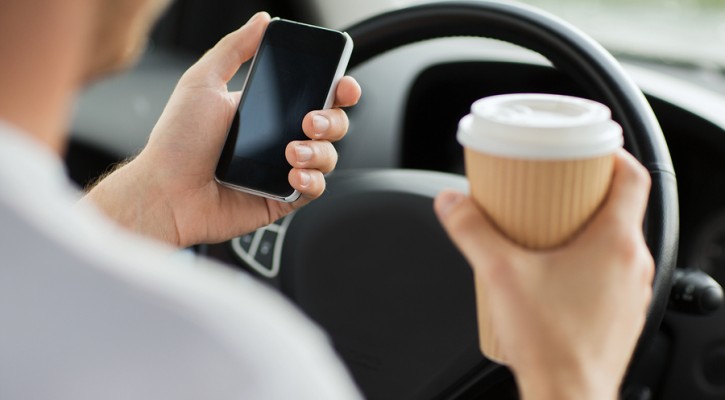
Parents Justify Texting While Driving and DUI
August 26, 2014
We understand that being a parent is hard work. Parents can be forgiven for occasional mistakes – such as that time they dropped you on your head as an infant. However, a recent survey conducted by Liberty Mutual reveals that parents are teaching their teens some terrible driving habits, such as texting while driving and driving under the influence.
Here are the surprising results:
- 88% of teens said their parents used a mobile device while at the wheel
- 58% said their parents texted while driving
- 42% said they have asked parents to stop text-messaging while operating a vehicle
- 18% said they have tried to get them to stop driving while high on weed
- 16% said the adults drove with kids in the car after having at least one alcoholic beverage
- 40% of teens who asked their parents to stop risky driving behaviors said their parents either ignore them or justify their actions!
Teens get the #DriveSafe message. They are constantly told not to drink and drive, text and drive, talk and drive, drive distracted, or drive while high. They are barraged with a million messages at school, at driver’s ed, on social media and at home. They are targeted by PR campaigns that create TV commercials, radio commercials, online ads, billboards, publicity stunts and teen-oriented events. However, when they see their own parents ignoring these messages or justifying their own risky behaviors, what are teen drivers expected to think?
Parents are the greatest influence on their children’s driving habits. Whether they know it or not, kids pick up their driving behaviors from mom and dad at a very young age. They notice when they drive with one hand, turn without blinkers, tailgate, speed and run through stop signs. Teenagers whose parents drive recklessly are more likely to be bad drivers themselves. That’s why it’s a shame to see that so many parents are driving distracted, and that any parents are driving while under the influence.
To all you teen drivers out there: forgive your parents… but, keep bugging them about driving safely. Offer to drive after they’ve had a beer. Tell them to pull over and let you drive if that phone call or text message is important. Surprise your folks by being the smart and sober one, and let them learn from your good influence.
Parallel Parking Tips
August 25, 2014
See these parallel parking tips in action!
Study Tips: Buzzfeed’s 16 Simple Studying Hacks
August 24, 2014
Not a good test taker? You can be with Buzzfeed’s 16 Simple Studying Hacks.
These innovative tips are designed to make the painful task of studying much smoother and easier. They include such gems as chewing gum, listening to video game music, using distraction-blocking apps, and even spending a little time on YouTube. Learn all the studying hacks to prepare for your next driving test:
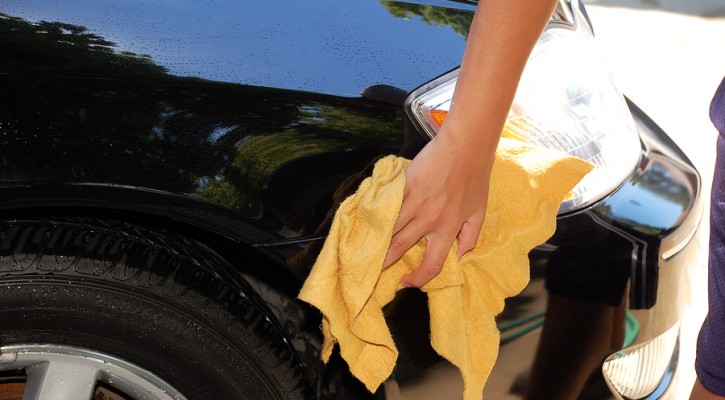
Car Cleaning Myths
August 21, 2014
The internet is full of DIY car cleaning tricks. Everything from dishwasher soap to vodka to diapers are used for various cleaning “hacks” that sound like they could work… but do they?
Amanda Nagy over at cleanmyspace.com takes on the top car cleaning myths of our time:
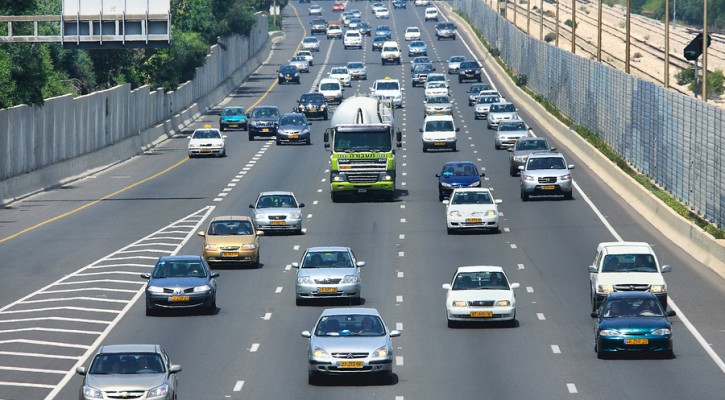
Ethics and Artificial Intelligence in Future Cars
August 19, 2014
Here’s a tough question: Would you sacrifice your own life to save someone else’s? For instance, if there was a child in the road and the only way to avoid them was to swerve off a cliff, would you?
How about this one: On a narrow, winding mountain road you suddenly approach a group of bicyclists. With no time to brake, you could swerve onto the left side of the road… if there weren’t a motorcyclist approaching from the other direction. Do you swerve off the cliff to the right, into the motorcyclist on the left, or try to brake while mowing down a few cyclists?
Here’s one more doozy for you: Could you make this type of decision for yourself? Or, would you prefer your smart car to make the choice for you?
Since many new cars come with crash-avoidance features, and autonomous cars are in our near-future, programmers are considering these ethical dilemmas and how they will be applied in future cars. But, there’s even more to it than that. Manufacturers must also consider how they will deal with ethics, ethics settings, and liability.
The fine folks over at Wired wrote a thorough and interesting piece on ethics settings in future cars. See the full story here:
Here’s A Terrible Idea: Robot Cars With Adjustable Ethics Settings

#DriveSafe to Pass the Test!
August 18, 2014
The #DriveSafe tips you encounter on social media are more than just suggestions. They are there to help new drivers become safer behind the wheel.
They are also great for improving driving skills in general. Since a safe driver is a good driver, and a good driver will always pass their behind-the-wheel test, teens should pay special attention to #DriveSafe advice.
The sooner new drivers practice these safe driving skills, the sooner they will master the art of driving. The sooner they master the art of driving, the sooner they will get their license, and the sooner they will taste that all-powerful feeling of freedom on the open road.
Today’s #DriveSafe infographic offers some great advice for avoiding distracted driving:
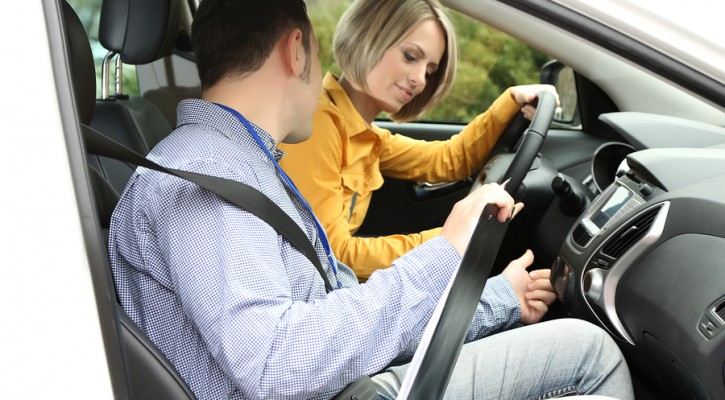
10 Most Common Driving Test Fails
August 17, 2014
Not everyone is a good test taker. And that’s OK. You can still pass that driving exam easy-peasy by studying up on the 10 Most Common Driving Test Fails:
#1: Driving too slowly
That’s right. Everyone knows that they shouldn’t speed, but few consider the dangers of driving too slowly. That’s why so many teen drivers overcompensate and drive too slowly during their driving test. Their attempt to drive extra-safe is in fact a dangerous tactic that causes traffic congestion, accidents, and is even illegal in certain circumstances.
#2 Driving too fast
Obviously, driving over the speed limit is bad. Most people know this. However, many teens fail to stay under the limit because they miss changes in speed limit signs, school zone signs and work zone signs.
#3 Braking too hard
There’s no need to slam on the brakes if you are driving safely. Press the brakes softly and slowly, as if the pedal is an egg, and your oh-so-smooth driving skills are sure to impress the instructor.
#4 Tailgating
Never, ever tailgate… especially during a driving test. It’s important to maintain a safe following distance to improve visibility and allow enough time to stop or slow down to avoid an emergency situation.
#5 Improper lane change
When changing lanes, make sure that you check your mirrors and blind spots, use your blinkers, and allow plenty of room for other traffic. Do not cut anyone off. Do not tailgate the driver in the lane that you are entering. And, remember, it is illegal to change lanes in an intersection, or anywhere with a solid (vs dotted) line!
#6 Highway merging
Make sure that you practice this skill on highways and interstates near your driving test location. Become familiar with the local highways, the traffic, and the driving behaviors of those around the area. Know when to yield and when you have the right-of-way, and always drive defensively.
#7 Parallel parking
Ah, the dreaded parallel parking. It can be a difficult skill to master, but you can do it with enough practice and perseverance. Still, it can be a nerve-racking part of the driving exam. Just take your time and make sure that you don’t hit the other cars or the curb, and you should be fine.
#8 Four-Way Stops
Study up on the laws when it comes to 4-way stops. It’s simple, really: wait your turn and always use your blinkers.
#9 Overconfidence
Don’t get too cocky. Use both of your hands for steering, keep your eyes on the road, don’t talk so much that it becomes distracting… in fact, don’t let any sort of distraction take your attention away from the task at hand. It’s good to be confident, just not so confident that it causes you to lose those safe driving habits.
#10 The Classic Car Fail
If driving your own vehicle, then make sure your car is safe and in good condition. Check the headlights, tail lights, brake lights, turn signals, windshield wipers and seat belts to ensure that everything is working properly.
Take these tips to heart and practice them often, and you’ll be able to ace that exam in no time!


